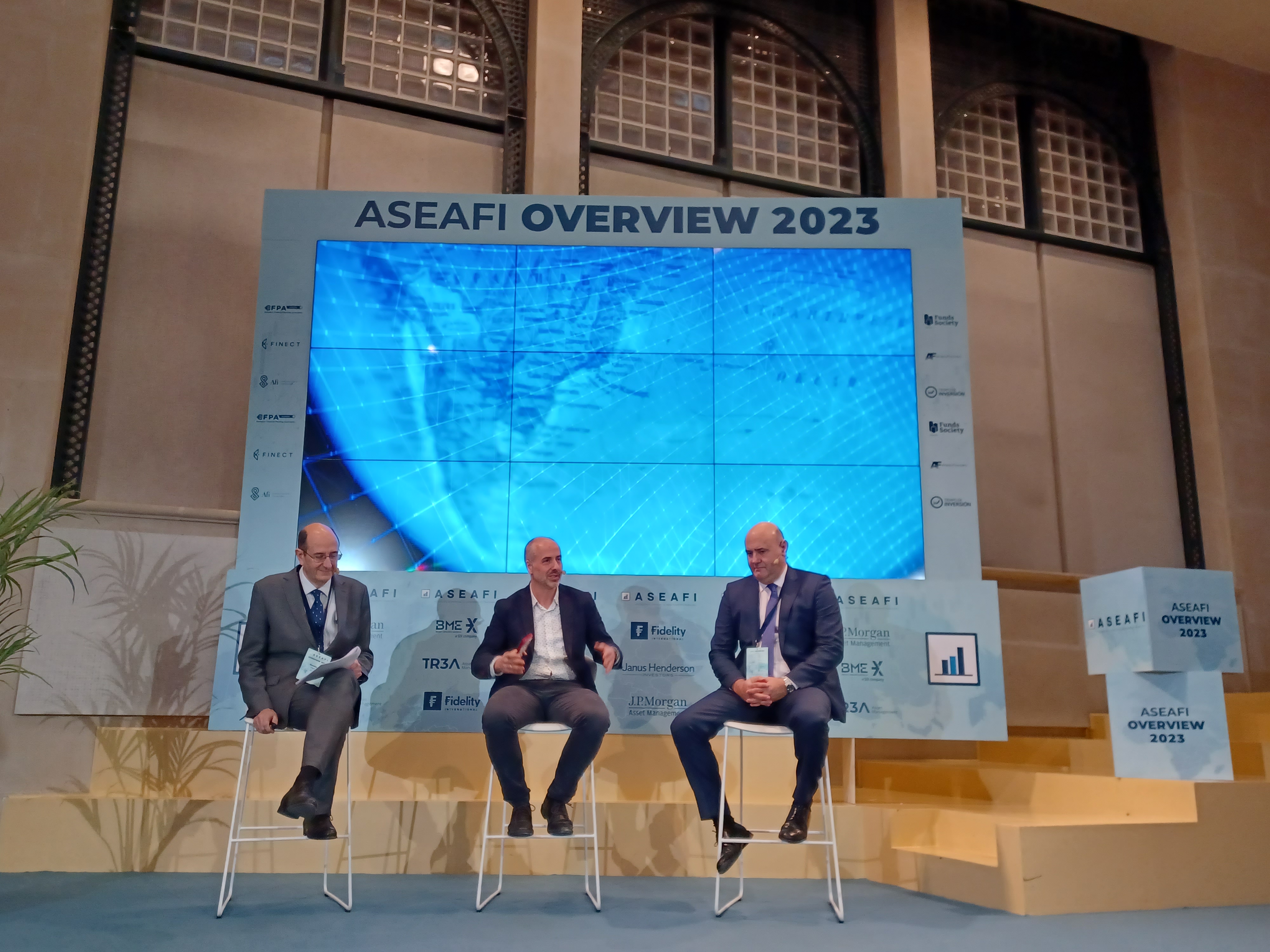Latin America, a region with high potential for investors

García Coto pointed out that Latin America is an important region in the emerging global economic context, with a privileged geographical position, natural resources and attractive demographics, as well as investable assets. All this, gives de region a privileged development potential in the medium and long term and therefore a great potential as an investment target. For this reason, it has and will always have to be on the radar of analysts, advisors and financial managers when designing diversified investment strategies. The challenge is to find the right "timing", the moment to materialize the investment, which given the complexity of the markets is not a simple task.
In 2022, Latin American stock markets and indices have reflected a mood of greater optimism about the region and have stood out as they have not done for years in the global context. While the global stock market indices lost around 19.5%, Latin American indices such as the MSCI Emerging Markets Latam index lost practically zero, the Latibex Top of the Spanish market for Latin American securities in euros gained 7.8% and Brazil's Bovespa index gained 4.7%. Already in the first three weeks of 2023, despite the developments ocurred in some countries in the region, the Latibex Top index is up almost 3% and the Latibex Brazil just over 3%, data that seem to confirm a good trend supported by the overall good performance of the emerging markets as a whole.
Among the reasons for the good performance of Latin American stock markets in 2022 is the early reaction of Latin American Central Banks, which sharply raised interest rates from their lows at the beginning of 2021 to combat inflation, leading to a better performance of Latin American currencies in the face of the generalized appreciation of the US dollar against the main global currencies.
The figures are very illustrative: from the record lows in 2021 to the end of 2022, the Central Bank of Brazil raised rates 11.75 points; Mexico, 6.5 points; Colombia, 10.25 points; Chile, 10.75 points; and Peru 7.5 points. The correction in inflation has been noticeable since the middle of last year in the region's largest economies. This moderation is due to the contraction or stabilization of the price of some raw materials and energy products, among others, but also to the actions of the region's central banks. The region's currencies have shown strength both in the past year 2022 and at the beginning of 2023.
Social and political instability are of course affecting investment in Latin America, which is reflected in increased volatility. For the moment, the damage to equity markets is being limited, but it has undoubtedly taken some of the potential out of them at the beginning of the year. This means that their potential remains intact, especially considering that in Brazil, for example, corporate earnings growth is estimated at 17% (compared to 13% drop in China). In the social and political scenario, there are positive and negative aspects. For example, there is a general consensus that institutions have improved or that new governments are showing reasonable fiscal prudence; on the negative side, social inequality is still very high, aggravated even by the pandemic, and the frustration of the population due to low social mobility.
